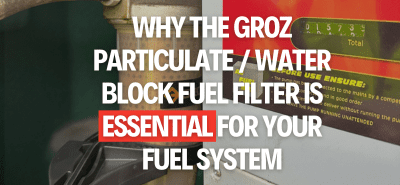Importance of Safety and Pressure Relief Valves
Safety and pressure relief valves are essential components in ensuring safety within industrial plants. They safeguard both the equipment and personnel, as well as the environment surrounding the facility.
These pressure relief valves serve a critical function by protecting vessels, piping systems, and other equipment from overpressure. Unchecked overpressure can lead to significant damage or even catastrophic explosions. Given their vital role, selecting the appropriate valve is of utmost importance.
Below are six key factors to consider when choosing and sizing safety or pressure relief valves:
- Connection Size and Type
The size of the valve must align with the inlet and discharge piping dimensions. According to the National Board, both the inlet and discharge piping connected to the valve should at least match the valve’s inlet/discharge opening size. Moreover, it’s important to consider the type of connections—whether they are male, female, or flanged—as these factors influence the choice of valve. - Set Pressure (PSIG)
Set pressure, measured in pounds per square inch (PSIG), is the pressure level at which the valve activates. It is crucial that the set pressure of the valve does not exceed the maximum allowable working pressure (MAWP) of the equipment, meaning the valve must open at or below the MAWP. Typically, the MAWP should be at least 10% higher than the highest expected normal operating pressure. - Temperature
The temperature of the gas or liquid in the system impacts both its volume and viscosity. It also plays a role in determining the appropriate material for the valve’s construction. Steel valves, for instance, can handle higher temperatures compared to those made of bronze or iron. Therefore, both operating and relieving temperatures need to be considered. - Back Pressure
Back pressure, whether constant or variable, refers to the pressure present on the outlet side of the pressure relief valve. This pressure can affect the valve’s set pressure and may lead to premature openings, risking damage to the valve itself. For systems with variable back pressure, the valve should be chosen to ensure back pressure remains below 10% of the set pressure. In cases of high constant back pressure, a bellows-sealed or pilot-operated valve might be necessary. - Service Type
Different services, such as steam, air, or gas, require specific valve types. It is also crucial to ensure the valve material is suited for the particular medium it will serve. For corrosive media, valves made from stainless steel are often recommended. - Required Capacity
Safety and relief valves must be capable of relieving pressure at a specified capacity, which is influenced by factors such as the valve’s geometry, media temperature, and relief discharge area. This required capacity is defined by the relevant codes and is often measured in:- LBS/HR – pounds per hour (for steam flow)
- SCFM – standard cubic feet per minute (for air or gas flow)
- GPM – gallons per minute (for liquid flow)
These six factors outline the fundamental considerations when selecting and sizing safety and pressure relief valves. Additionally, it’s important to account for the physical dimensions of the equipment and the overall environment in which the valve will be used.


